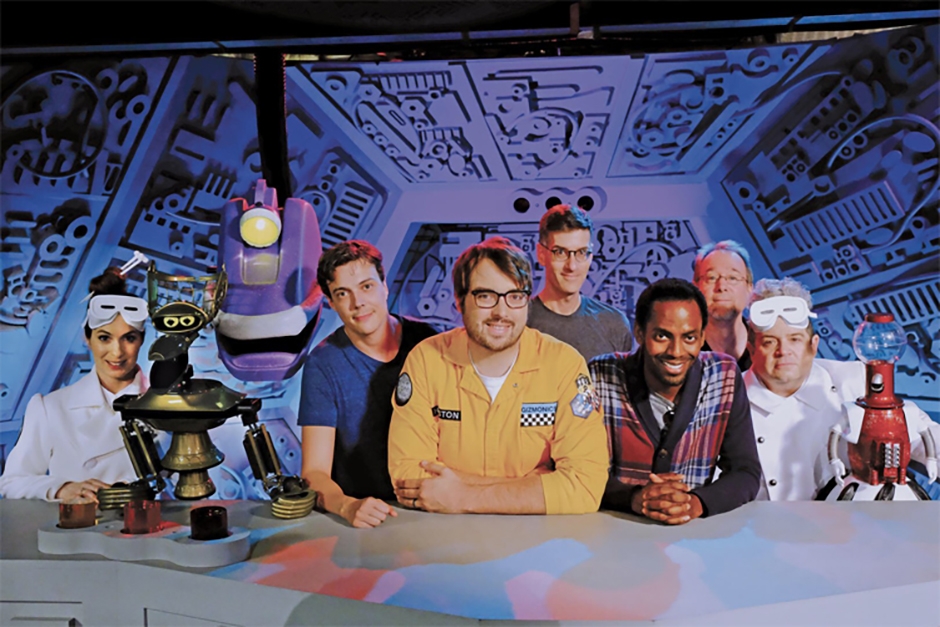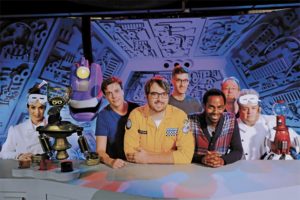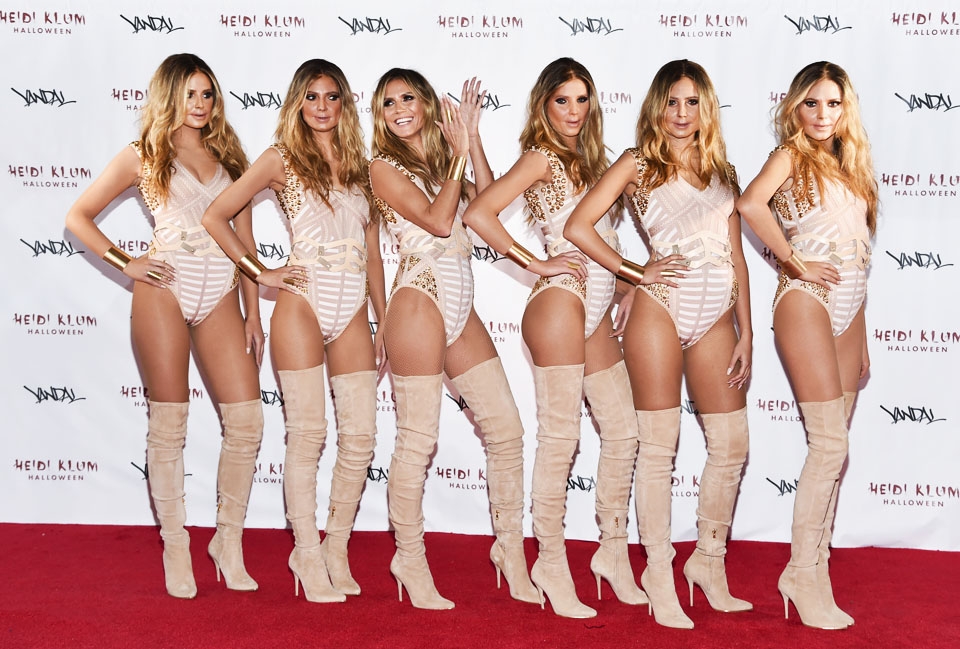

The original host of “MST3K,” Joel Hodgson, returned for the reboot and is joined by new talent like Felicia Day and Patton Oswalt. Characters Crow, Tom and Gypsy have also been brought back.
Josiah Martin | Staff Writer
Rebooting a television series with as strong a cult following as “Mystery Science Theater 3000” could have had disastrous results. The series’ original run, from 1988 to 1999, appeared to be little more than a puppet show with a corny retro space theme that showcased cheesy old movies. However, to the fan base that has hoarded VHS tapes and attended countless live events by the original cast over the past 18 years, it was much more.
To disappoint these die-hard fans would have been a death sentence for the rebooted “Mystery Science Theater 3000,” which debuted April 14th on Netflix. Luckily, original series creator and executive producer Joel Hodgson, as well as new host Jonah Ray, have shown that they know not to change what doesn’t need to be changed — and delivered a season almost identical to, and as good as the show’s iconic original run.
Hodgson funded this 11th season of “MST3K” through a Kickstarter campaign. He originally asked the fans for $2 million to produce 3 new episodes for the series. This goal proved humble, as backers contributed over $5.7 million dollars, enough to fund 14 new episodes. This broke the record for the most successful Film and Video campaign on Kickstarter, and provided the cast and crew of “MST3K” — a show once taped on borrowed equipment in a UHF television station in Minnesota — previously unimagined freedom.
Hodgson and company did not put this freedom to waste. Possibly the greatest strength of this new season is the cast that they were able to assemble. Felicia Day and Patton Oswalt play the incompetent mad scientists Kinga Forrester and Max who force Jonah Ray’s character, Jonah Heston, to watch bad movies alongside robots Crow, Tom Servo and Gypsy, played by Hampton Yount, Baron Vaughn and Rebecca Hanson, respectively.
This cast perfectly nails the established dry-but-absurd sense of humor that the series is known for. The new voices behind the robots are difficult to get used to for established fans of the series, with the possible exception of Crow, for which Yount seems to be doing a near-perfect blend of the voices of his predecessors, Trace Beaulieu and Bill Corbett. Overall, however, the new puppeteers successfully make the characters their own without abandoning what made these characters memorable in the first place.
The other outstanding trait of this new series is the writing. While live host segments are admittedly still a bit rusty and awkwardly paced, this was true of much of the original series as well. They do not lack, however, the charm and comedy that one would expect. These segments rely heavily on meta-humor and fourth wall breaks, a sign that this show, as always, does not take itself too seriously.
One possible small complaint is the unnecessary depth of the lore behind our villains. Telling viewers that they are the children of the original mad scientists should be enough exposition to move forward. Placing our villains’ base inexplicably “on the dark side of the moon,” and developing a nonsensical plot device such as “Kinga Chrome,” a liquid-based method of transmitting video, does little aside from provide filler dialog and a few chuckles.
The bulk of the show consists of Jonah, Servo, and Crow providing commentary over horrible films. This series’ riffs are even more fast-paced and well timed than the original. While early “MST3K” episodes relied very little on the in-theater jokes, the writers gradually ramped up their importance. Jonah and the bots have continued this pattern, and pack the films’ runtimes with a nonstop flow of comedic gold.
Aside from a higher production value, very little of the series has changed over the past 18 years. The crew of this new season are clearly all fans of the original show, and respect the fans at home. “MST3K” is a bit more polished now, but hasn’t lost its original spirit. With quality writing, an amazing cast, and the same feel and style as the original series, the return of “Mystery Science Theater 3000” was well worth the wait.




